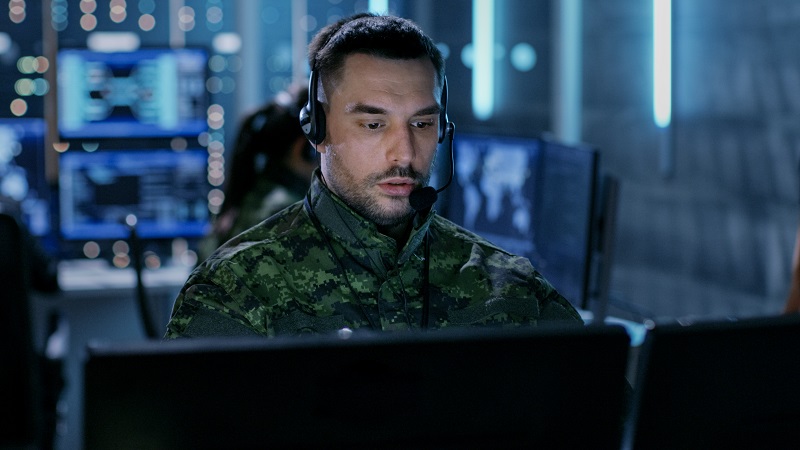
As 5G wireless service innovation becomes more critical in various IT sectors, the opportunity to revolutionize Defense Department (DoD) operations, particularly developing Smart Bases, has become more apparent, military officials said today.
Speaking during today’s 5G: Powering Military Smart Bases virtual event hosted by AFCEA DC, experts from Armed Services branches touched on accelerating the use of 5G in DoD scenarios, using 5G for training environments, and how the wireless technology is enabling mission at Tyndall Air Force Base (AFB) – a “testbed” for 5G innovation.
“We are definitely looking at how 5G is going to enable us to reimagine Tyndall as the base of the future,” Tyndall Program Management Office Executive Director Brig. Gen. Patrice Melancon said during the event. As an example, Melancon spoke about the AFB’s new mission that it will undertake in the near future.
“We – as some of you may know – are getting a new mission,” she explained. “We’ll be receiving the first F-35 aircraft in September of 2023 [which] has the ALIS system, the autonomic logistics information system, where the plane is talking back to the folks on the ground while it’s flying with data on the systems of the plane so that when that plane lands – if there are issues that need to be addressed – those technicians on the ground are going to have gotten word ahead of time about that and so they’ll be prepped to really do a quick maintenance or check and be able to turn that aircraft really right away.”
Tyndall AFB isn’t the only place where 5G services are being rolled out within DoD service branches. 5G Program Lead Col. Schawn Branch spoke about how the U.S. Army wants to use 5G to optimize combat training for troops.
“Out at a Joint Base Lewis McChord, we’re focused on how 5G enables augmented and virtual reality to really provide us realistic combat training with the purpose of increasing readiness and lethality for our soldiers in what we’re calling, you may have heard the term, synthetic training environment,” Branch explained. “That’s all about providing the most training that is as realistic as possible.”
Dr. Daniel Massey, Program Lead of Operate Through 5G to NextG Initiative in the DoD also joined the conversation to break down how the program intends to implement 5G into DoD scenarios.
He explained that the initiative is split into three parts: Accelerate, Operate Through, and Innovate. Accelerate 5G use is self-explanatory, he said, and Innovate is to understand that 5G is not an endpoint, but rather a continuation. Operate Through deals more with working with the commercial environment as it relates to 5G.
“There’s a lot of commercial deployment of commercial 5G that’s happening not only in the U.S., but globally,” Dr. Massey said. “How are we working with that commercial environment? How can we work with that commercial environment? How does that impact DoD operations? And that’s what we’re trying to look at with Operate Through,” he said.
